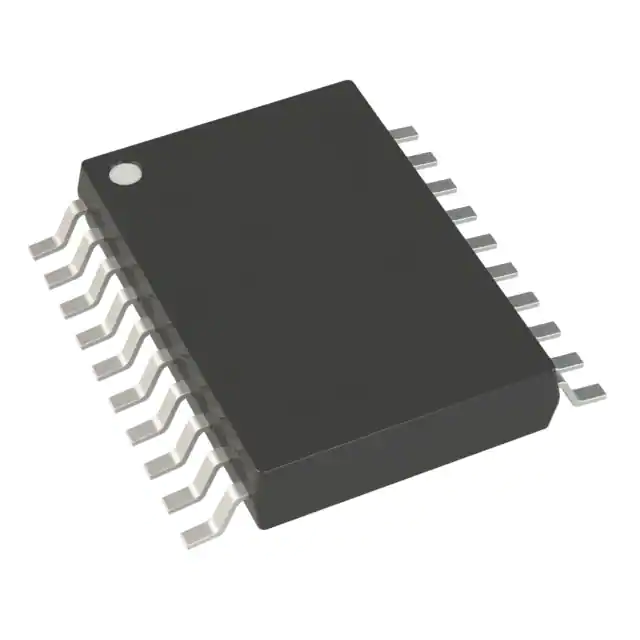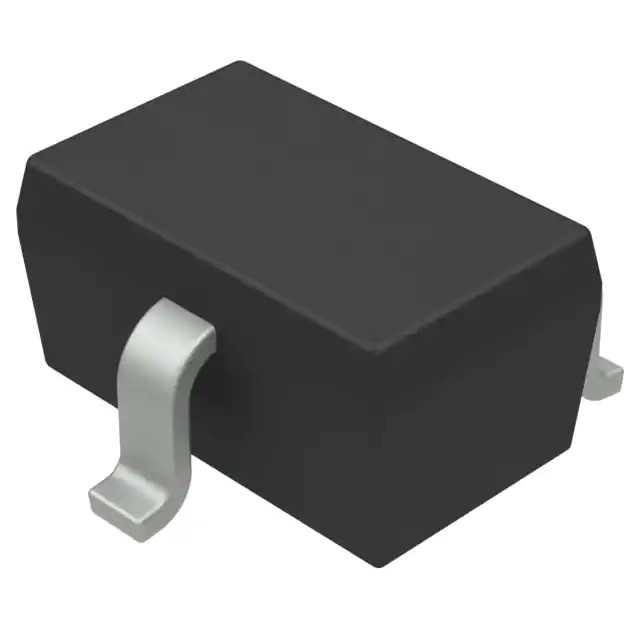Power of Dual and Isomorphic Principles in Power Electronics
10/29/2022 10:46:15 AM
Power electronics have developed and been used in practical applications for well over a century, from magnetic amplifiers through gas-tube and vapor-tube-controlled rectifiers, and finally to power transistors and semiconductor-controlled converters. It is generally agreed that one of power electronics primary motivating factors, the converter network technique, has been evolving since the field's beginnings and is now at its limits.
There has been a lot of work put into this area of study, and as a result, many circuits have emerged that share structural similarities and other shared features. Many of them are studied extensively within one subfield but may be unfamiliar to other power electronics specialists. When similar circuits or systems are reexamined, it may be a waste of research resources.
Concept of Dual and Isomorphic Principles
The current and future topologies can be linked with each other, and existing knowledge can be shared more thoroughly, so that it is helpful to develop well-defined, clearly stated, and universal linkages among diverse topologies. From a historical standpoint, the most well-known relationship in power electronics is the duality of power converters. Graphic isomorphism is an alternative to duality for making connections between different converters.
The tools offered by dual and isomorphic principles can not only link but also transform topologies. Using dual and isomorphic principles together can reveal the circuit-level fundamental relationship of a power converter. Using these guidelines, researchers in the field of power electronics have found the topology cycling phenomenon during the topology transformation process. It depicts a power converter that undergoes a topological transformation into itself in two or four stages via one-to-one mapping (i.e., duality or isomorphism).
It is demonstrated here that topology cycling in this way allows one to precisely identify shared features of operation, modulation, and control among dual or isomorphic pairs of converters. This article provides a comprehensive review of dual approaches, focusing on their application to non planar circuits.
Power Converter Topologies Transformation Using Dual Principles
Tesla, in his exploration of alternative currents, noted that electricity and magnetism have a "seemingly dual character unique among the forces of nature" . After that, A. Russell's work methodically introduced the circuit theory interpretation of dual principles. Since then, the field of circuit theory and power electronics applications has seen constant improvement and enrichment of dual concepts.
Over the course of more than a century, dual methods have developed into a wide variety of forms, some of which are unfamiliar even to scientists.
Types of Dual Principles
Two forms of dual transformation have been created for power converter topologies: (i) the geometrical dual method and (ii) the physical dual method. The first class takes advantage of a direct mapping relationship between dual components to highlight dual principles. They include three methods: (a) the strict dual method; (b) the quasi-dual method; and (c) the input-output dual method. The second type is typically based on an equivalent transformation of circuit dynamics and makes use of dual principles in the physical sense of circuits as opposed to the topological structure of circuits.
Applications involving planar circuits are clear, whereas those involving non planar circuits are not so straightforward. So this article gives a comprehensive discussion of non planar circuits. Applicable circuit types for different dual methods are shown in Fig. 1.

Fig. 1. Applicable circuit types for different dual methods. Source: IEEE Open Journal of Power Electronics
Geometrical Duality for Power Converters With Planar Circuits
A strict dual relationship is commonly used for a power converter with actively controlled switches in planar circuits. One of the most general dual relationships between switching structures can be seen in Fig. 2. Each part of the original converter has a corresponding dual component in a dual converter, in addition to a dual circuit connection and active switches.

Fig. 2. Duality among switching converters. Source: IEEE Open Journal of Power Electronics
Geometric Duality for Power Converters With Non Planar Circuits
Based on the strict dual approach, new methods were developed to determine the non planar power circuit's dual topology (for instance, three-phase converters), as shown in Fig. 3.

Fig. 3. Examples of power converters with non planar circuits. Source: IEEE Open Journal of Power Electronics
With the help of the quasi-dual method, it is possible to perform the topological transformation between a three-phase DC voltage link converter (as seen in Fig. 4) and a three-phase DC current link converter (as seen in Fig. 5).
While the three-phase converter itself is a non planar circuit, the power circuit in each switching state is planar, making it compatible with the strict dual approach. After figuring out all of the switching states of the three-phase DC voltage link converter, the eight dual circuits are put together to make the full topology of the three-phase DC current link converter, as shown in Fig. 5.

Fig. 4. The power circuit of a three-phase DC voltage link converter system. Source: IEEE Open Journal of Power Electronics

Fig. 5. Power circuit of a three-phase DC current link converter system. Source: IEEE Open Journal of Power Electronics
The input-output dual method is introduced to address the non planar nature of the three-phase converter system and to establish the dual duality relationship between the voltage-source inverter (VSI) and the current-source inverter (CSI). Even though the three-phase system is non planar, the input and output equivalent circuits are planar, allowing the dual relationship to be derived, as shown in Table 1. In addition, the PWM technique of VSI can be converted into the CSI version via the dual relationship, resulting in input/output harmonics with dual performance.
Table 1. Dual Relationships Between Voltage-Source and Current-Source Three-Phase Inverters. Source: IEEE Open Journal of Power Electronics

Physical Duality for Non Planar Circuits
While planar circuits typically benefit from geometrical duality-based methods, a new type of dual approach centered on physical properties has been introduced to handle non planar circuits. The idea is to use ideal transformers to convert the non planar circuit into a planar one without altering any of its physical properties.
Other Duality for Non Planar Circuits
There are other methods for effecting transformations besides those based on geometry or physical duality. For both planar and non planar circuits, the Lagrangian dynamic-based method has recently been introduced. Lagrangian dynamics is used in this technique to directly model the charges and fluxes in the power circuits.
The Lagrangian dynamic transformation differs from other approaches in that it also maintains switching action constraints, also called modulation processes. So not only the topology's appearance changed, but also the modulation schemes were updated.
Conclusion
The most popular duality method for power converters is the strict dual method. Since a 1-to-1 mapping relationship is established for each device and its method of connection, it is quite practical and simple. Many different kinds of multilevel CSCs conformation use this technique. Planar circuits like single-phase DC-AC/AC-AC converters or buck/boost DC-DC converters can only use the strict dual method.
Other dual methods for non planar circuits should be taken into account. As the VSC becomes equally planar under each switching state, the quasi-dual method is specifically used for the dual transformation from a three-phase VSC to a three-phase CSC based on each switching state.
As opposed to topological 1-to-1 mapping, the Lagrangian dynamic-based method is used for dual converter transformations, which are based on the equivalent transformation of circuit dynamics. As a result, it can be used for non planar circuits without being constrained by strict dual methods.
The first step in putting into practice the dual methods for power converters is to determine whether the circuit is planar or non planar. Utilizing methods that are compatible with it is the second step (see Fig. 6).

Fig. 6. Topology transformation process through duality. Source: IEEE Open Journal of Power Electronics
Summarizing the Key Points
● Dual and Isomorphic Principles can link and transform topologies in power electronics, providing a well-defined and universal linkage among diverse topologies.
● Graphic isomorphism is an alternative to duality for making connections between different converters, allowing existing knowledge to be shared more thoroughly.
● Dual and isomorphic principles can reveal the circuit-level fundamental relationships of a power converter, providing a comprehensive understanding of its operation.
● When dual and isomorphic principles are used together, the topology cycling effect can be seen. This makes it possible to find out exactly what parts of operation, modulation, and control are shared between two dual or isomorphic converters.
Reference
Li, Yuzhuo, and Yun Wei Li. "Power Converters Topological Transformation Using Dual and Isomorphic Principles." IEEE Open Journal of Power Electronics 1 (2020): 74–87. https://doi.org/10.1109/ojpel.2020.2981653.
Latest Products
-
AD9834BRUZ
Analog Devices Inc.
-
BAV99W,135
Nexperia USA Inc.
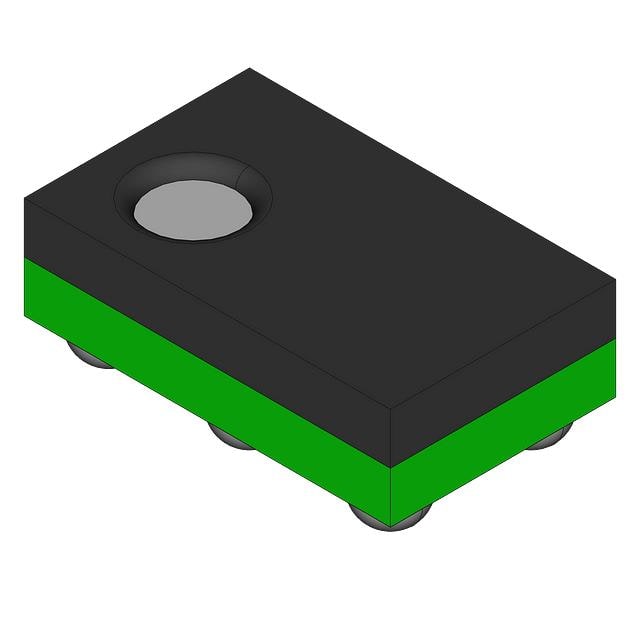
-
IP5002CX8/P135
NXP USA Inc.
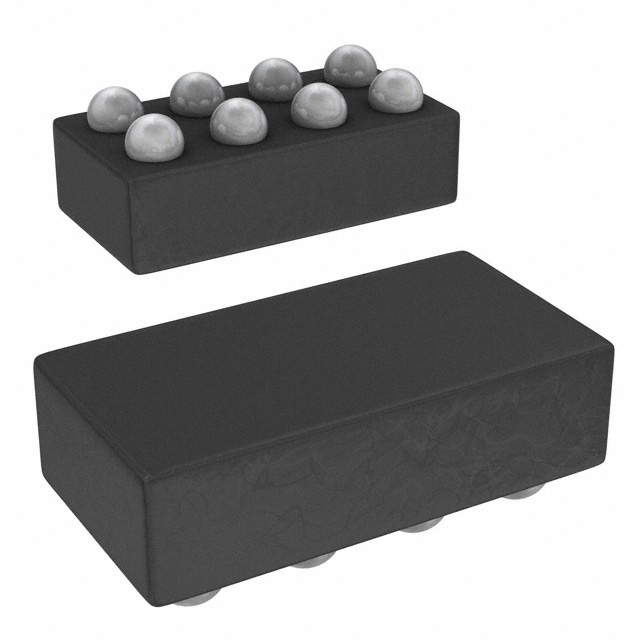
-
ADAU7002ACBZ-RL
Analog Devices Inc.
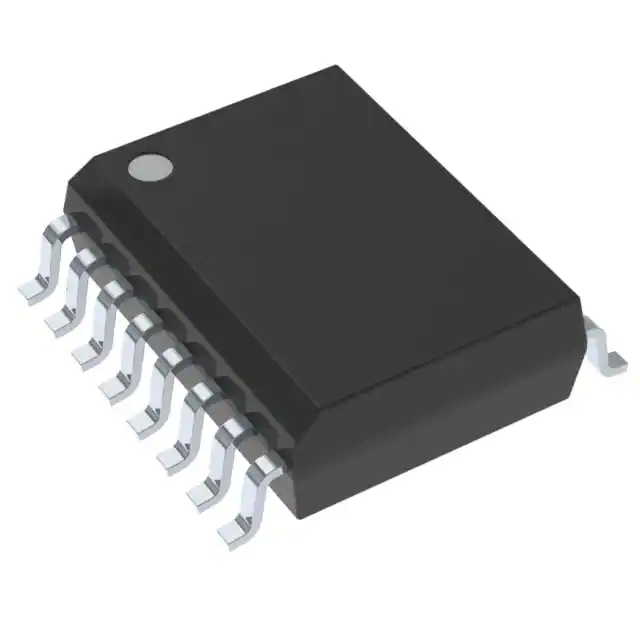
-
PGA2320IDW
Texas Instruments
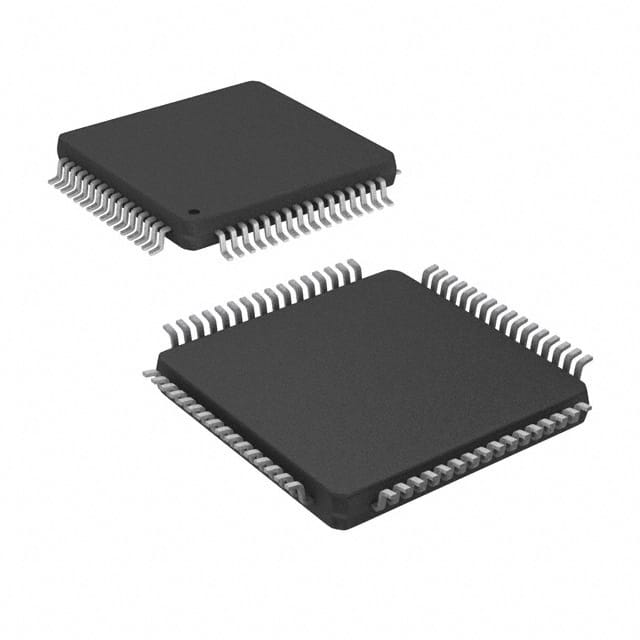
-
SRC4184IPAG
Texas Instruments
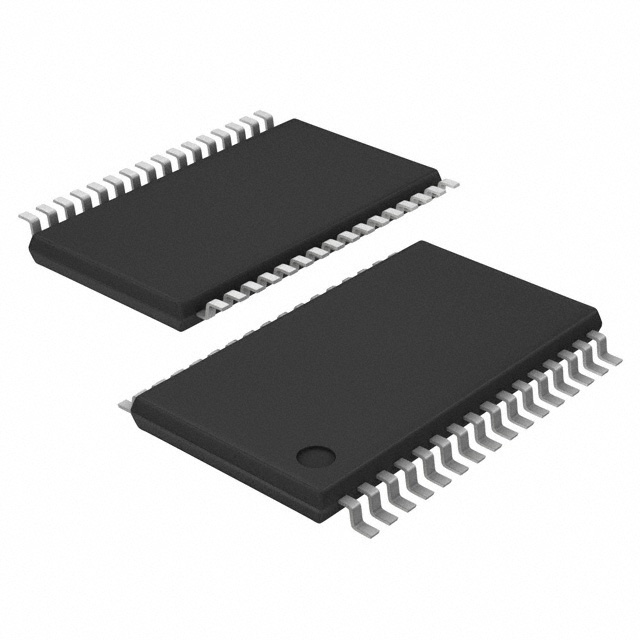
-
MUSES72320V-TE2
Nisshinbo Micro Devices Inc.
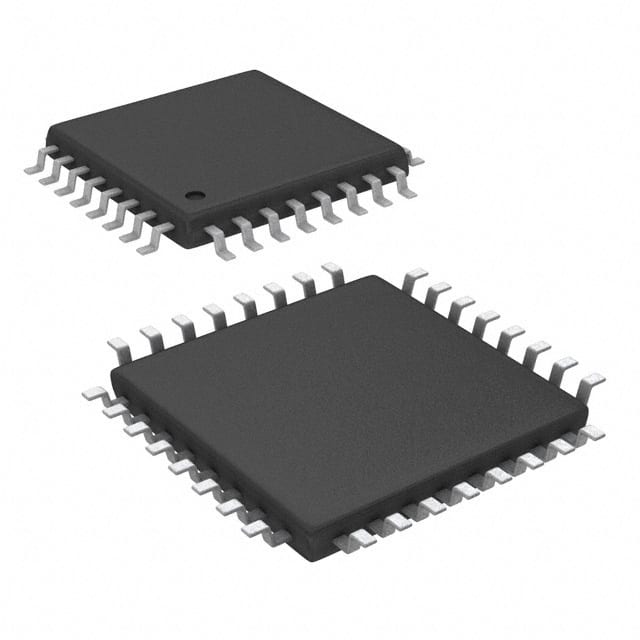
-
PCM2706CPJT
Texas Instruments
 Upload BOM
Upload BOM

